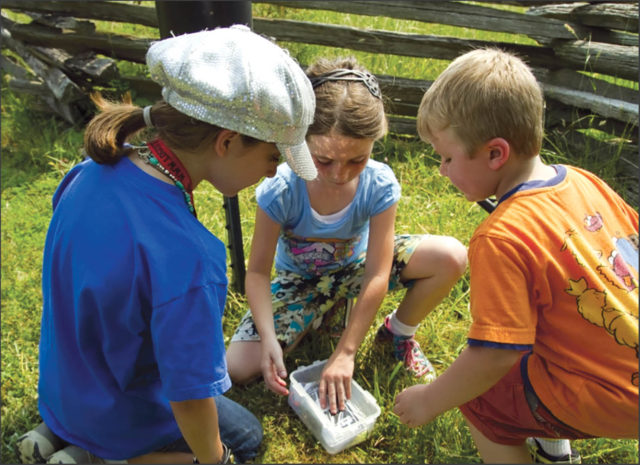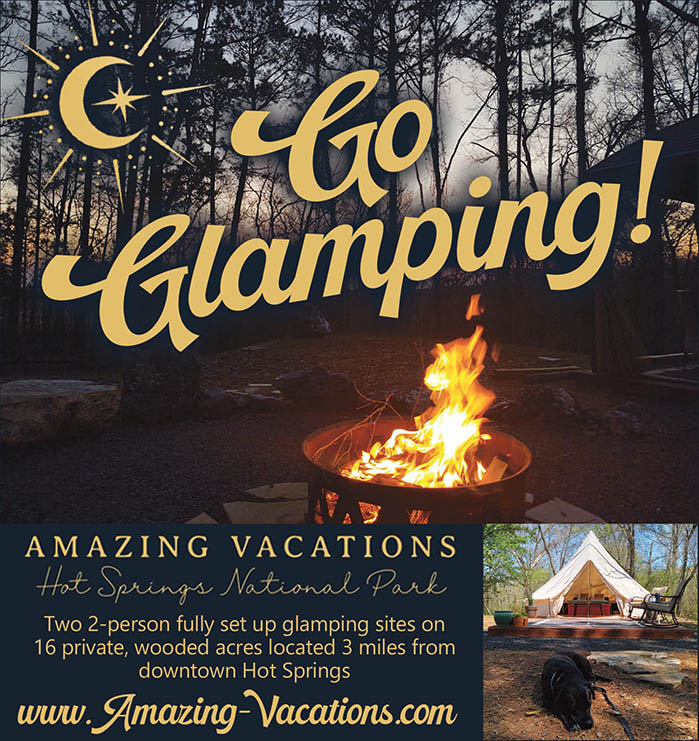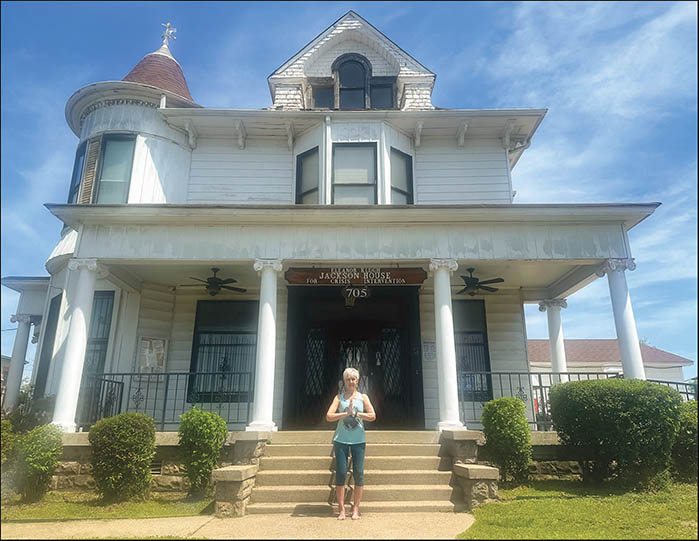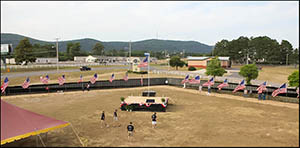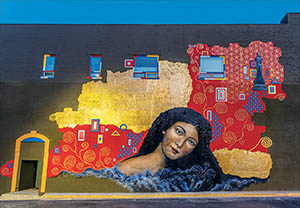From scenic drives to whitewater rafting, the activity list includes a variety of new sports and hobbies to try, including geocaching. Not quite sure what that is, or perhaps even how it’s pronounced? The National Park Foundation created the following geocaching (pronounced: “geo-cashing”) guide to get you started.
What is Geocaching?
Geocaching is a modern-day scavenger hunt. Find hidden — not buried — treasures using GPS devices or a free smartphone app. Millions of geocaches are hidden all around the world, including at parks like Keweenaw National Historical Park and Mississippi National River and Recreation Area.
Please note, however, many national parks prohibit the sport to protect fragile environments and historical and cultural areas. Those that do participate may have specific rules, so be sure to check the park page or speak with rangers before starting your adventure.
Where Can You Try Geocaching?
As an international hobby, geocaching can be found in almost any area you might be visiting. In National Parks, visitors can complete a geo-tour when visiting the expansive Captain John Smith Chesapeake National Historic Trail. The trail winds through six states on the East Coast and is home to almost 40 geocaches.
Make your way along five rivers while learning all about the life and times of John Smith just as he explored the same area 400 years ago. The main difference? He didn’t have a GPS.
Midwesterners and visitors enjoy the wide array of activities at Indiana Dunes National Lakeshore, from horseback riding to swimming. Those who want to explore the area further can take advantage of the park’s geocache locations coordinated by the Chellberg Farm/Bailly Homestead Trail system.
Make your way through the forest and take in the maples, oaks, and beeches or follow the Little Calumet River before checking out the historic Bailly Homestead and Chellberg Farm.
Arizona’s Petrified Forest National Park opens its metaphorical doors to the geocache community with both EarthCache sites and physical caches. EarthCaches are virtual caches where you can learn facts about Earth or new information about a unique geoscience feature, while physical caches include a container and a log book. Before or after you’ve completed your geocaching adventure, be sure to enjoy the park’s Painted Desert Rim Trail and stop in the Visitor Center to watch the park film!
For more information, visit FindYourPark.com when visiting national parks or Geocaching.com to find caches hidden near your home or where you’re planning your next vacation.
Hint: There are hundreds located in the Hot Springs area.


